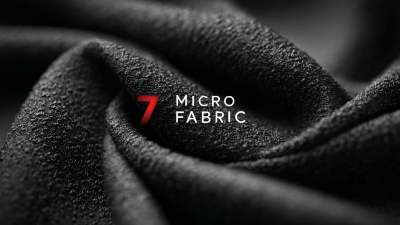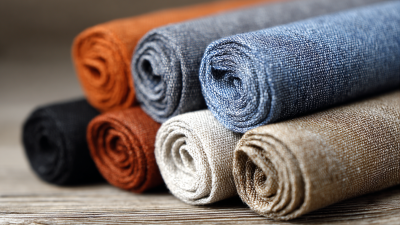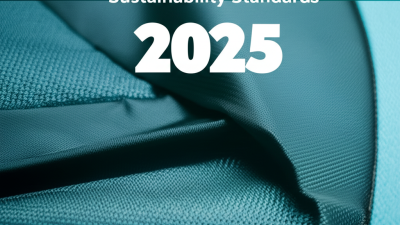In the evolving landscape of the textile industry, the pursuit of quality and innovation has never been more critical. This article delves into the transformative potential of Micro Fabric, a cutting-edge material that is reshaping how manufacturers and consumers alike perceive textile performance. By harnessing the unique properties of Micro Fabric, companies not only enhance the durability and feel of their products but also meet the increasing demands for sustainability and functionality.
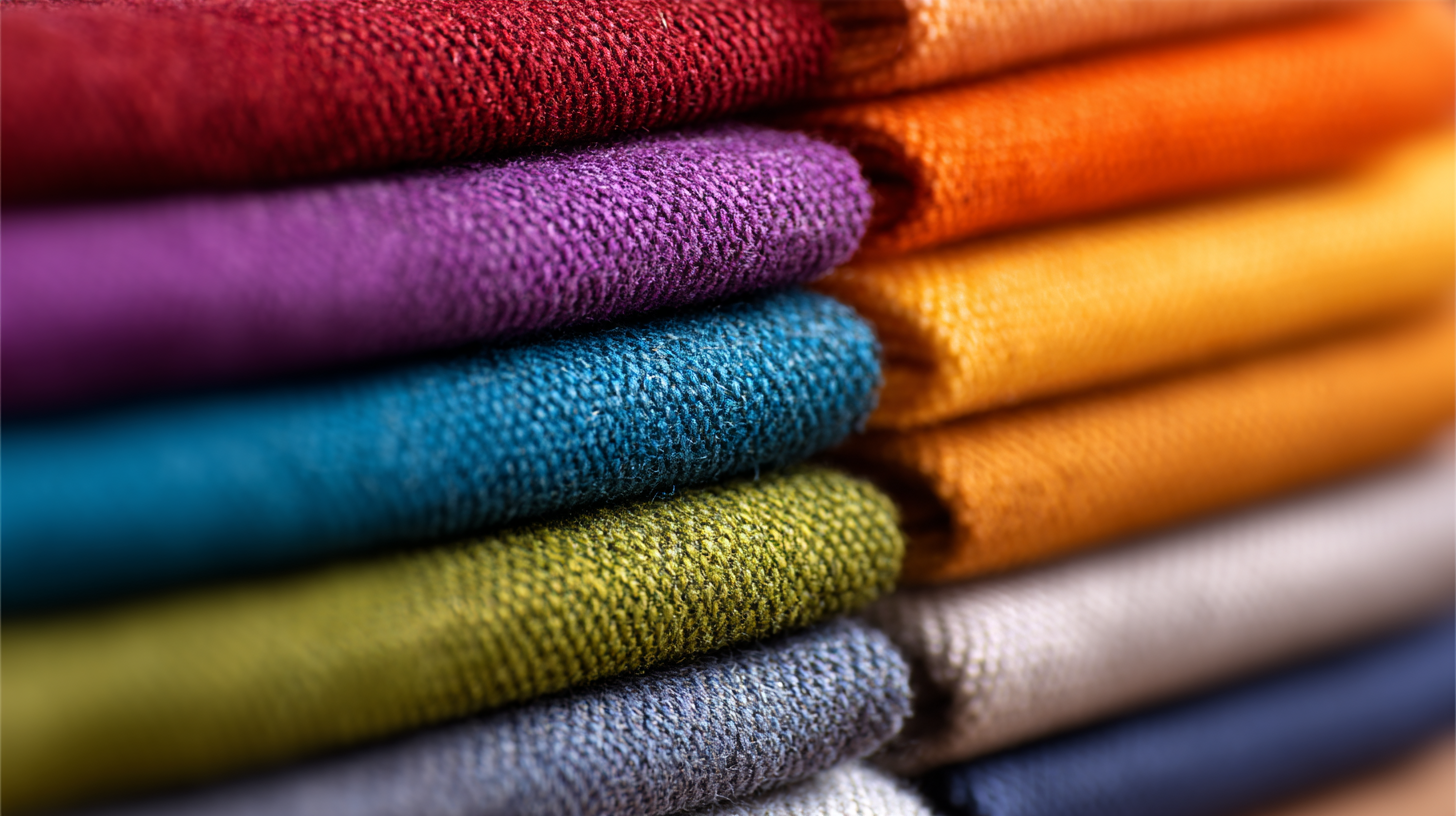
Supported by insightful industry statistics, we will explore how Micro Fabric is becoming a pivotal choice for brands aiming to thrive in a competitive market. As we uncover various strategies to integrate this advanced material, readers will gain valuable insights into elevating their textile quality while ensuring they remain at the forefront of industry trends.
Micro fabric, often known for its ultra-fine fibers, is revolutionizing the textile industry by significantly enhancing fabric quality. Defined as materials with fibers that are typically less than one denier, micro fabrics offer remarkable advantages over traditional textiles. Their fine structure allows for exceptional softness and a luxurious feel, making them ideal for applications in apparel, upholstery, and technical fabrics. The lightweight nature of micro fabric also contributes to improved breathability and moisture-wicking properties, ensuring greater comfort for the wearer.
In addition to comfort, micro fabrics boast superior durability and resilience, which are crucial in maintaining the integrity of textiles over time. Research indicates that textiles made from micro fibers exhibit higher abrasion resistance and less pilling compared to coarser fabrics. This longevity not only enhances the aesthetic appeal of the textile but also aligns with sustainability goals in the industry, as longer-lasting fabrics can reduce waste. Moreover, the unique characteristics of micro fabric allow for innovative designs and applications, driving forward the potential for more creative and functional textile solutions.
This chart illustrates the percentage improvements in various textile quality attributes when using micro fabric. As seen, micro fabric significantly enhances breathability, softness, and durability, making it a preferred choice in the textile industry.
The textile industry has seen a significant rise in the adoption of micro fabric due to its unique properties and advantages. Current trends indicate that manufacturers are increasingly turning to micro fibers to enhance product performance, durability, and comfort. Micro fabrics are celebrated for their lightweight and breathable nature, making them ideal for various applications, especially in activewear and outdoor gear. This transition is not only driven by consumer demand for high-quality materials but also by the industry's commitment to sustainability and innovation.
Tips for Incorporating Micro Fabric:
When incorporating micro fabric into your textile products, consider the following tips. First, ensure that the micro fibers you select are sourced from sustainable materials to appeal to eco-conscious consumers. Second, experiment with blends that can enhance both texture and functionality, as the right mixture can lead to superior moisture-wicking and temperature-regulating properties. Lastly, stay updated on advancements in micro fabric technology, allowing you to leverage new finishes and treatments that can further elevate the performance of your textiles.
As the micro fabric trend continues to grow, keeping an eye on its evolving applications will be crucial for competitive advantage. It's essential to understand the market's shifting preferences and incorporate features that resonate with your target audience. By embracing these trends and incorporating innovative practices, textile businesses can significantly enhance their product offerings.
The adoption of micro fabric in the textile industry has seen significant growth, driven by its superior performance metrics and versatility. According to a recent report by the Textile Value Chain, the global micro fabric market is projected to reach USD 10 billion by 2025, growing at a CAGR of 7%. This surge reflects a wider shift towards high-quality materials that provide functionality without compromising on aesthetic appeal.
When considering micro fabric for your textile applications, it’s essential to focus on performance metrics such as durability and breathability. A study from the International Journal of Textile Science emphasizes that micro fabrics exhibit 30% higher tensile strength compared to traditional fabrics, providing enhanced longevity. Additionally, they offer improved moisture-wicking properties, making them ideal for activewear and outdoor clothing.
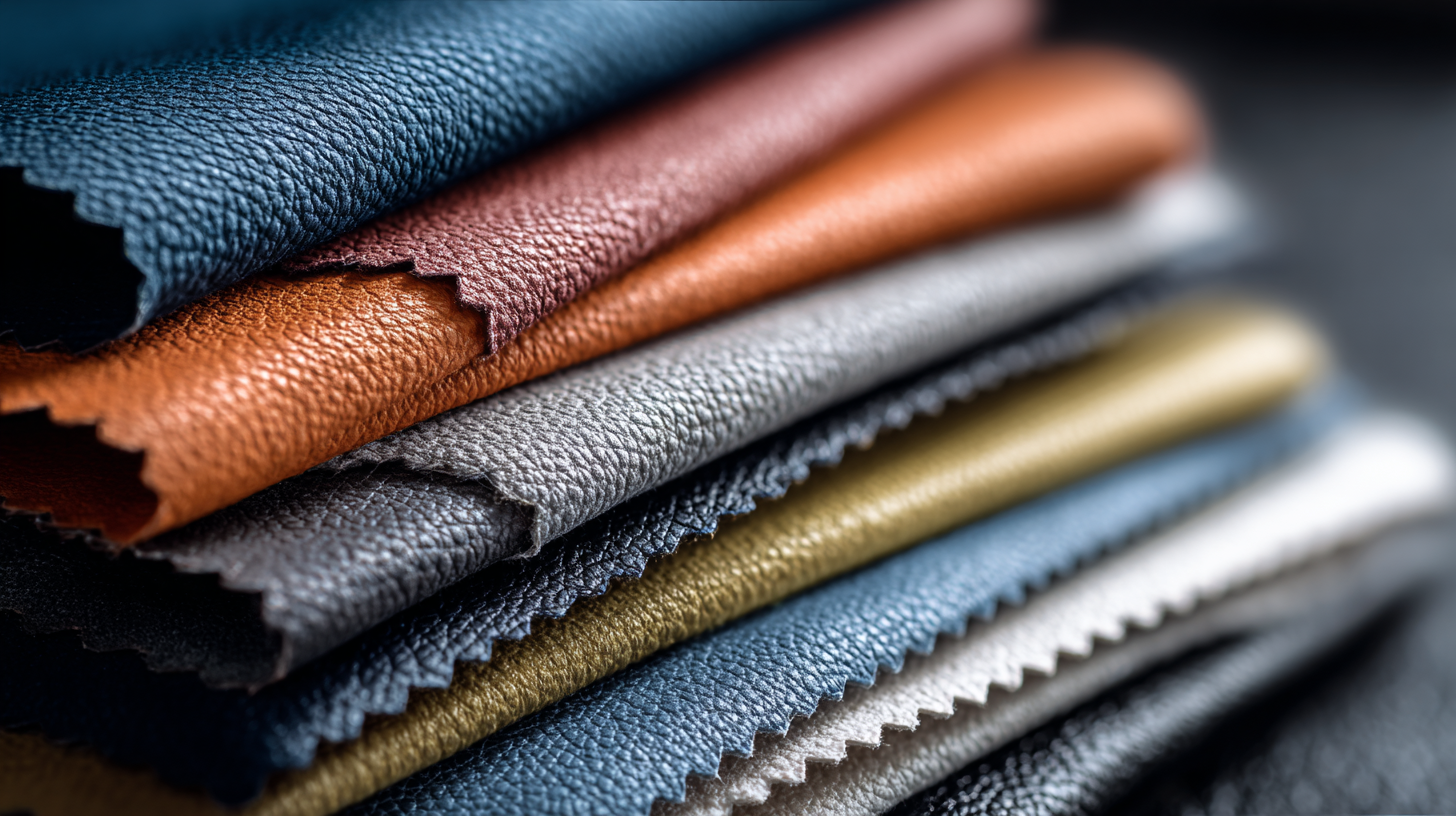
The incorporation of micro fabric in textile production has become a game changer for manufacturers seeking to enhance product quality and user experience. According to a report by Smithers Pira, the global market for microfibers is anticipated to reach $16 billion by 2027, highlighting the growing recognition of their benefits in various applications. Micro fabrics, largely made from polyesters and polyamides, allow for superior moisture-wicking properties, making them ideal for athletic wear and outdoor apparel. By integrating micro fabric, manufacturers can provide garments that not only perform better but also offer increased durability and comfort.
Innovative techniques such as advanced weaving methods and lamination processes play a crucial role in maximizing the benefits of micro fabric. For example, the use of laser cutting technology allows for precise designs that maintain the integrity of the micro fibers, enhancing overall garment performance. Furthermore, a study by the Textile Institute reported that textiles incorporating micro fabrics can achieve up to 30% more breathability compared to traditional fabrics. This insight emphasizes the potential of micro fabric to revolutionize textile production, enabling companies to meet the demands of today's consumers for high-quality, functional textiles.
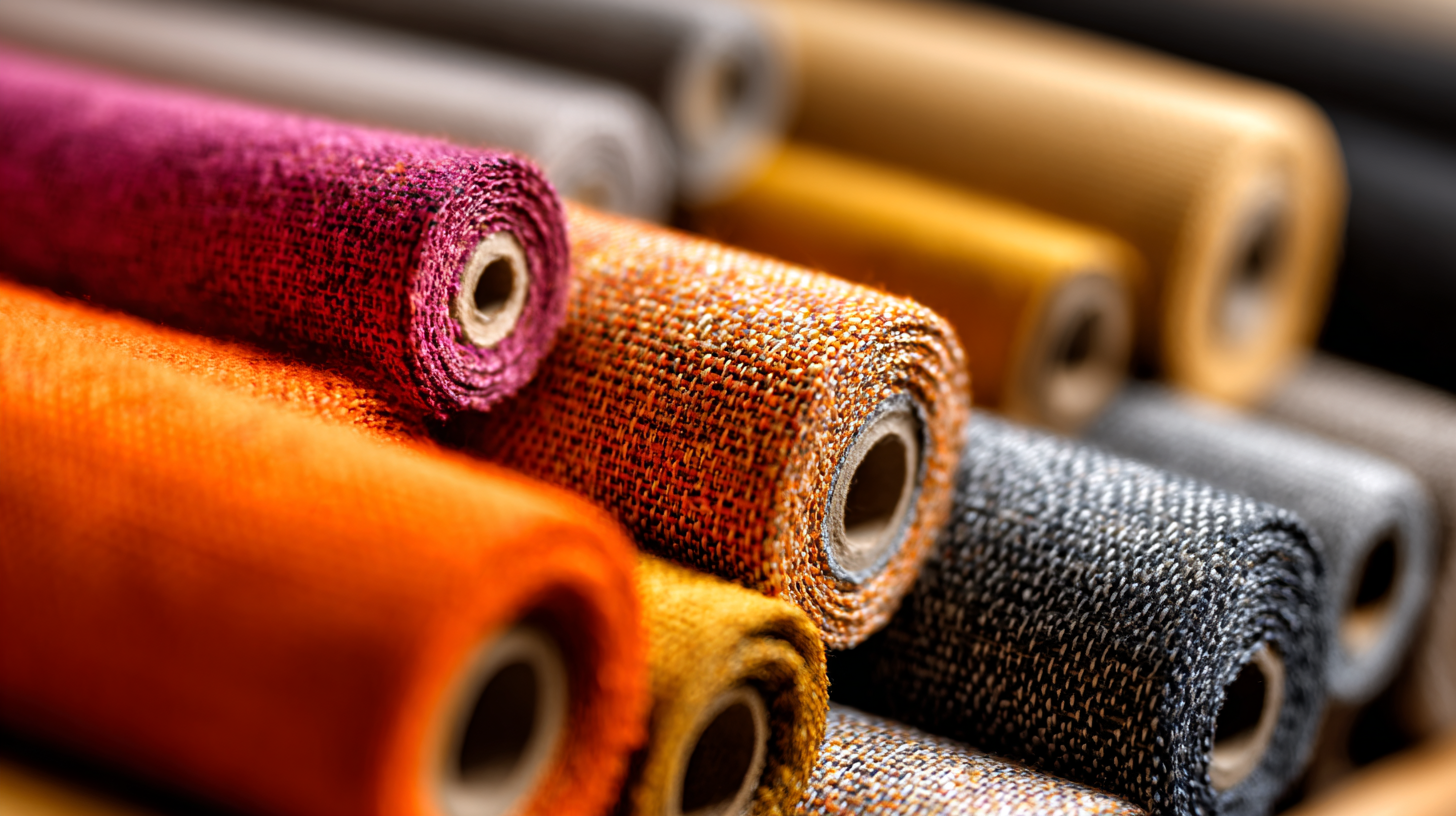
Micro fabrics, often celebrated for their softness and versatility, pose significant environmental challenges that require urgent attention. These synthetic materials are prevalent in various textiles, contributing to pollution through their production processes and end-of-life disposal. The small fibers from micro fabrics can easily enter waterways during washing, leading to further ecological damage as they are ingested by marine life, ultimately impacting the entire food chain.
Addressing the environmental impact of micro fabrics necessitates innovative solutions from the industry. Manufacturers can explore alternatives to conventional synthetic fibers by investing in biodegradable materials or implementing advanced filtration systems in laundry processes to capture microfibers before they enter the environment. Additionally, raising consumer awareness about proper garment care and disposal can play a critical role in mitigating the adverse effects of micro fabrics, encouraging more sustainable consumption patterns. By taking a proactive stance, the textile industry can not only enhance product quality but also reduce its ecological footprint, paving the way for a more sustainable future.
| Dimension | Statistic | Impact |
|---|---|---|
| Percentage of Micro Fabrics in Global Textile Production | 30% | Increased durability |
| Average Lifecycle of Micro Fabric Products | 5 years | Reduced waste generation |
| Percentage of Micro Plastics Released into Oceans | 10% of total | Environmental pollution |
| Consumer Awareness on Micro Fabrics | 45% | Higher demand for sustainable options |
| Expected Growth of Micro Fabric Market (2025) | 7% CAGR | Increased innovation in textiles |
